When I’m headed out on a hike or into the backcountry, it’s a carefully planned and packed event. Having to carry everything on my back, I’m aware of every gram and ounce. But I also don’t want to give up a few small luxuries. Being in the outdoors doesn’t mean you have to go without. Over the years, I’ve found myself reaching for a few pieces of non-essential hiking gear (beyond the 10 essentials) that come with me every time.
Non-Essential Hiking Gear To Take With You
Here are 7 non-essential backcountry hiking items I bring with me on every camping and hiking experience.
*Some links may be affiliated. Purchases through the links support my small business at no extra cost to you.
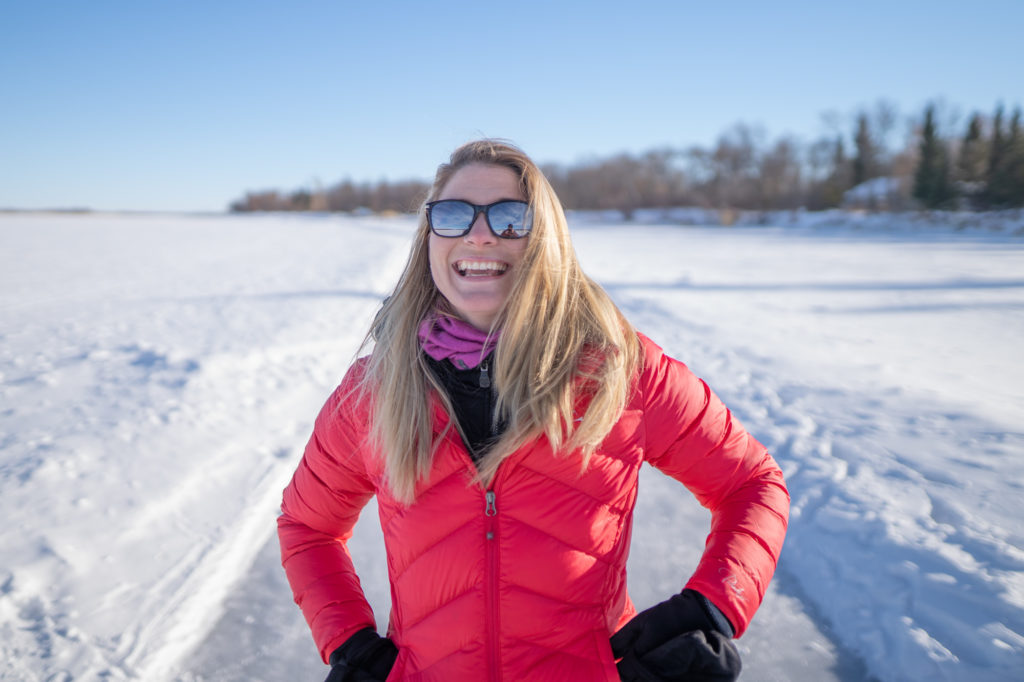
1. Buff
Never leave the buff behind. Winter or summer, these tubular pieces of material are incredibly handy and multipurpose. On cold or rainy days, they’re a bit of warmth around my neck. On hot days, they can be dampened with water or used to push back sweaty strands of hair from my face. I always sleep with mine on as it’s a great way to cover my face during a cold night in the tent without fully burying myself in the suffocating depths of the sleeping bag.
Purchase buffs here.
READ MORE: The Best Backcountry Hikes in Saskatchewan
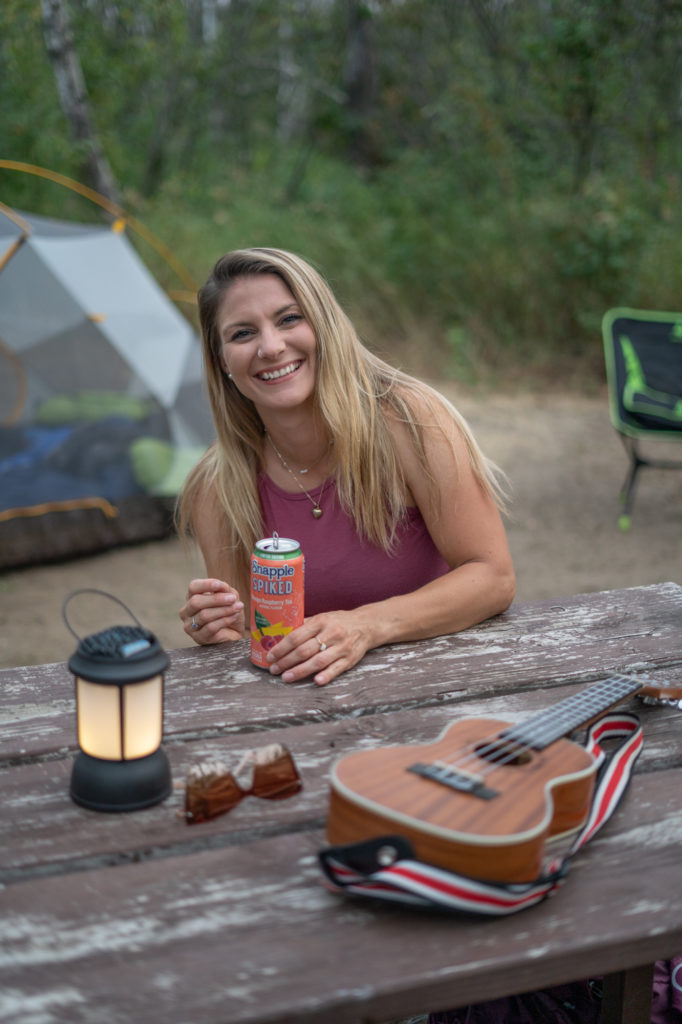
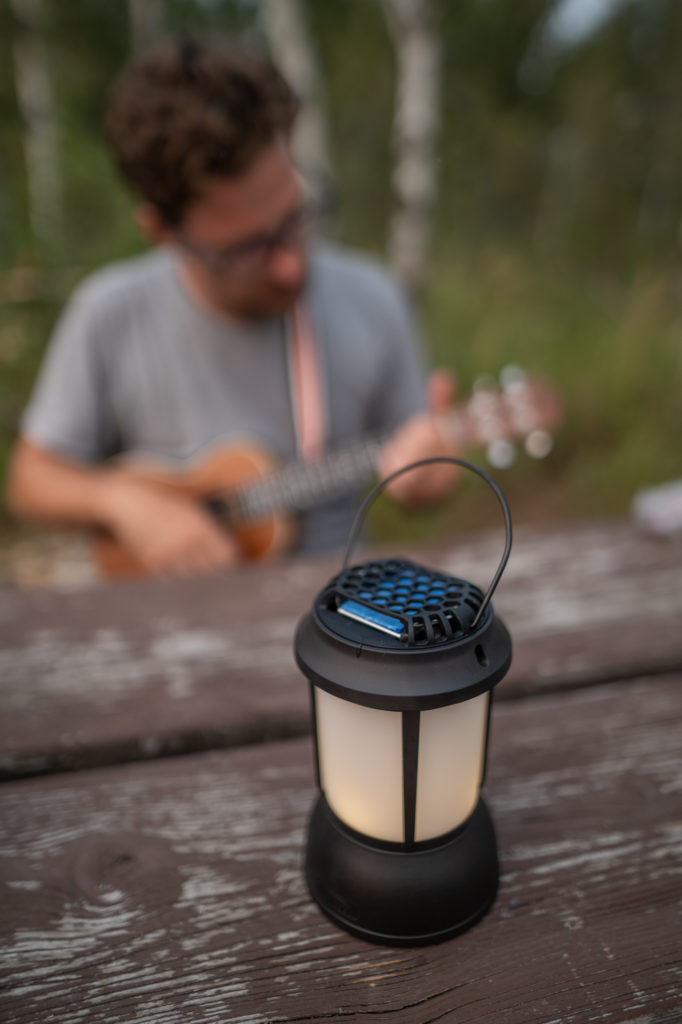
2. Mosquito Coil / Thermacell
It could be argued that this isn’t non-essential hiking gear. Because if you’re hiking anywhere in Canada during the summer months, you’ll want to be prepared for the bugs. They can be notorious and sometimes the difference between a great and terrible trip.
I carry mosquito coils as they’re small, light and affordable. I pack them in a square sandwich container to keep them from breaking and tuck in a lighter and stand to hold them off the ground.
You’ll also want to take insect repellant with the highest level of DEET you can get. You’ll never regret taking a whole can but half-sized usually is enough. I recommend Ben’s as it’s 30% and comes in a small and lightweight non-aerosol spray bottle.
In the last few years, Thermacell has become quite popular. I find they work well but it can be expensive to buy the pads and butane for them. The lantern is nice as it doubles as a light at night but I also own the portable repeller which is convenient to hang from a pack while you hike.
READ MORE: The Best Parks for Hiking in Saskatchewan
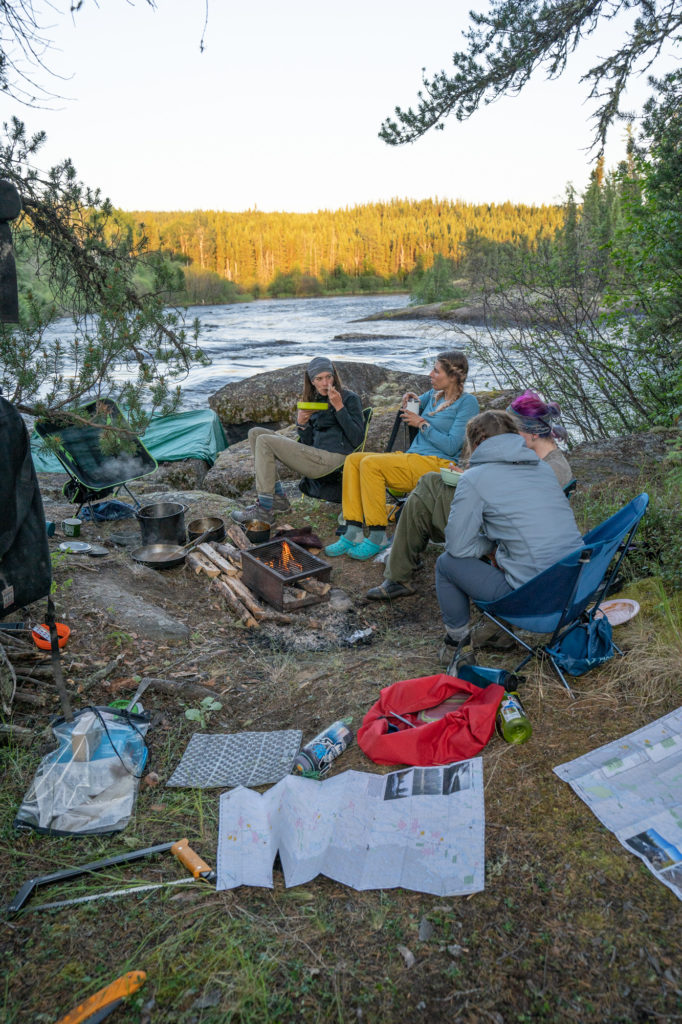
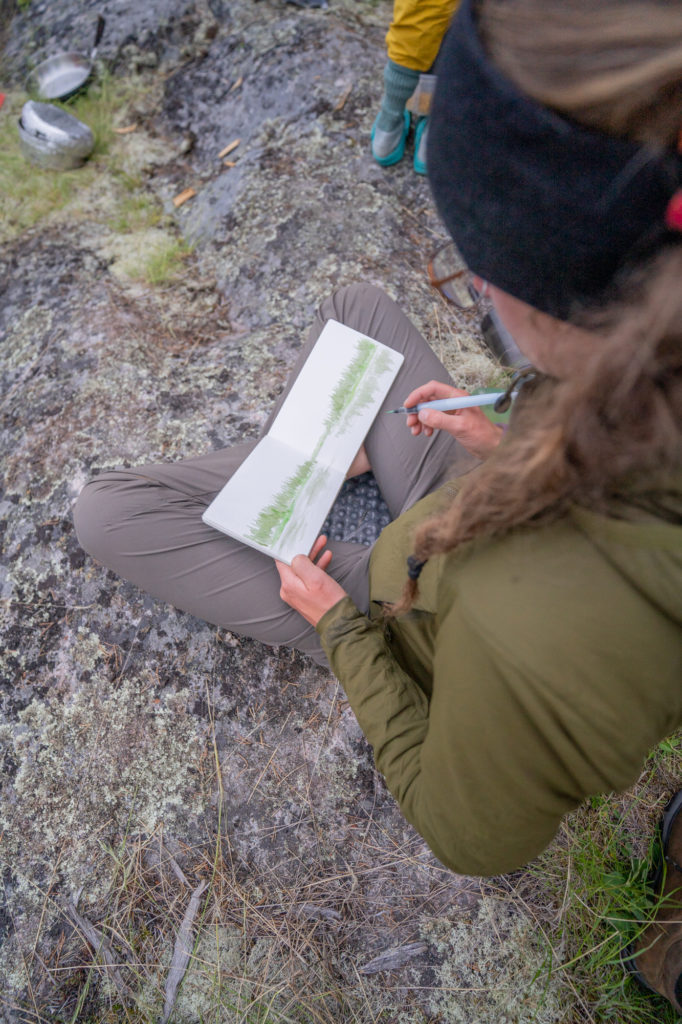
3. Seat Cushion
A small seat cushion is one of my favourite pieces of “non-essential” gear I always carry with me. The square foam seat folds up and fits easily in a side pocket (tucked next to bug spray or bear spray).
It makes it easy to pull out to sit on for a quick snack on the rocks, stops your pants from getting wet and softens up a log bench around a campfire. It also adds a bit of insulation to keep you warm. At night it can double as a little extra cushioning under your head while you sleep.
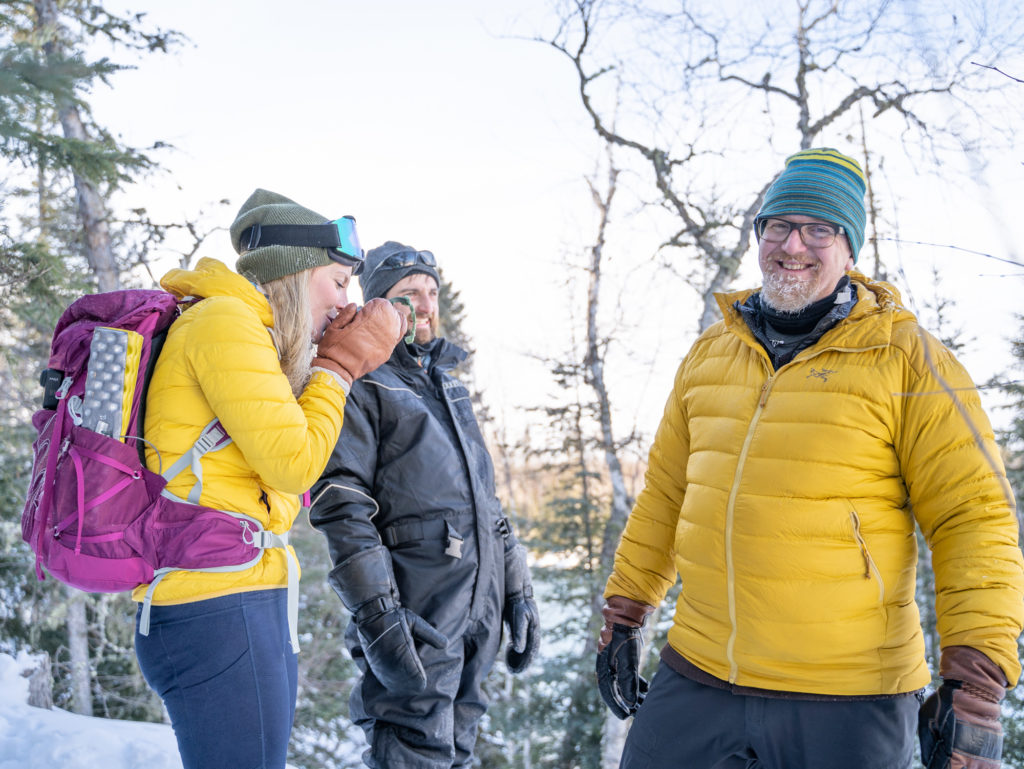
While there are inflatable seat cushions, I prefer the traditional z-seat as it’s quicker and more convenient without the worry of getting a puncture on rough terrain.
Buy it here.
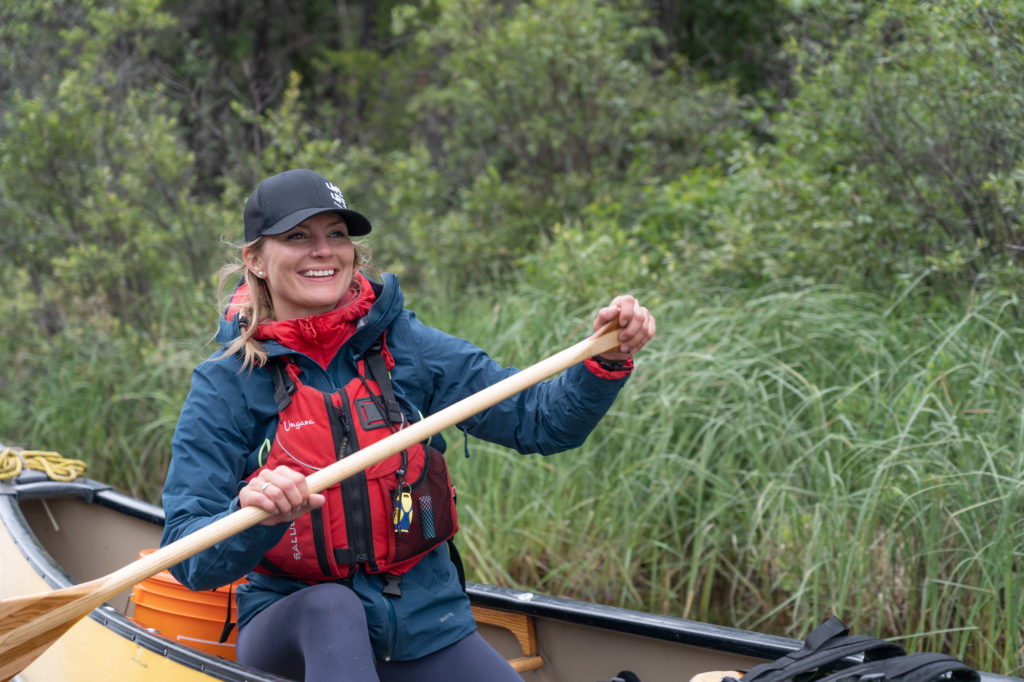
4. Rain Jacket
This might seem like a no-brainer but a quality rain jacket goes a long way. Not only will it protect you from getting wet, but it’s a great external layer for warmth. I wear my rain jacket on windy days to help cut the cold as well as in the evenings around the campfire. If I’m worried about sparks from the fire damaging my rain jacket (or my thermal down jacket), I’ll carry a flannel sweater to wear overtop. Again, it’s added warmth and I don’t mind if it gets a hole or two in it.
I’m a huge fan of Helly Hansen – they have it absolutely dialled in when it comes to wet-weather gear.
Shop women’s rain jackets.
This is the exact shell rain jacket I own.
Shop men’s rain jackets.
This is the men’s equivalent of the rain jacket I own
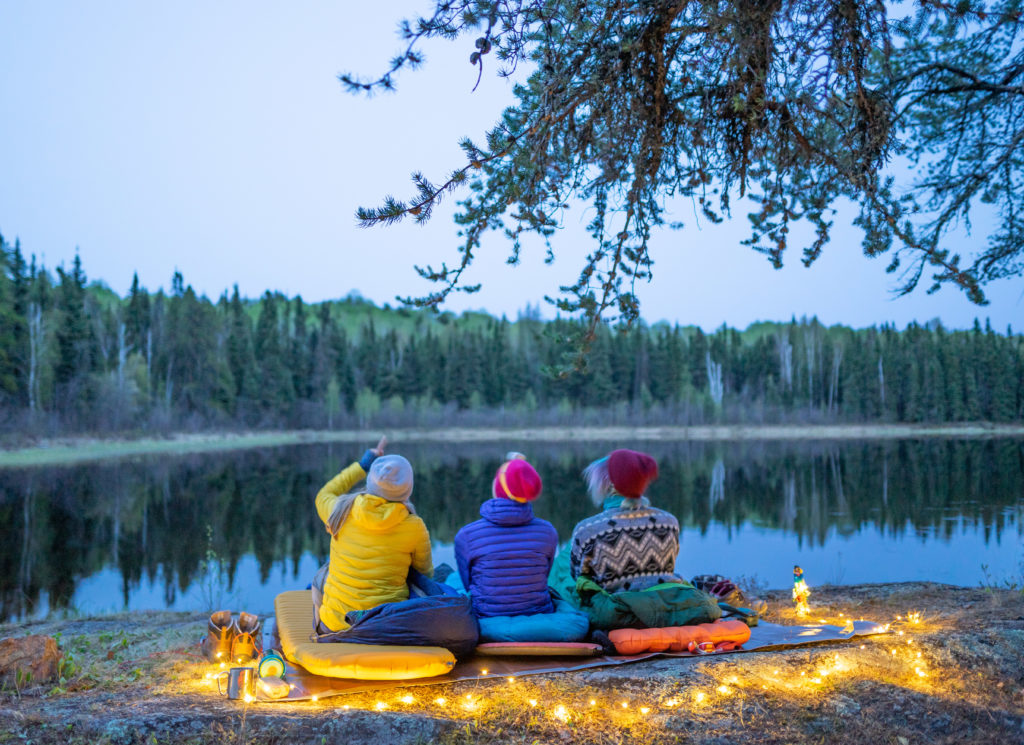
5. Twinkle Lights
On hikes, I realize you’re trying to save every gram of weight from your bag. But a small luxury that lights up a campsite or adds to a picnic lunch is a set of battery-operated twinkle lights. They add ambiance that can make the afternoon or evening a bit more festive.
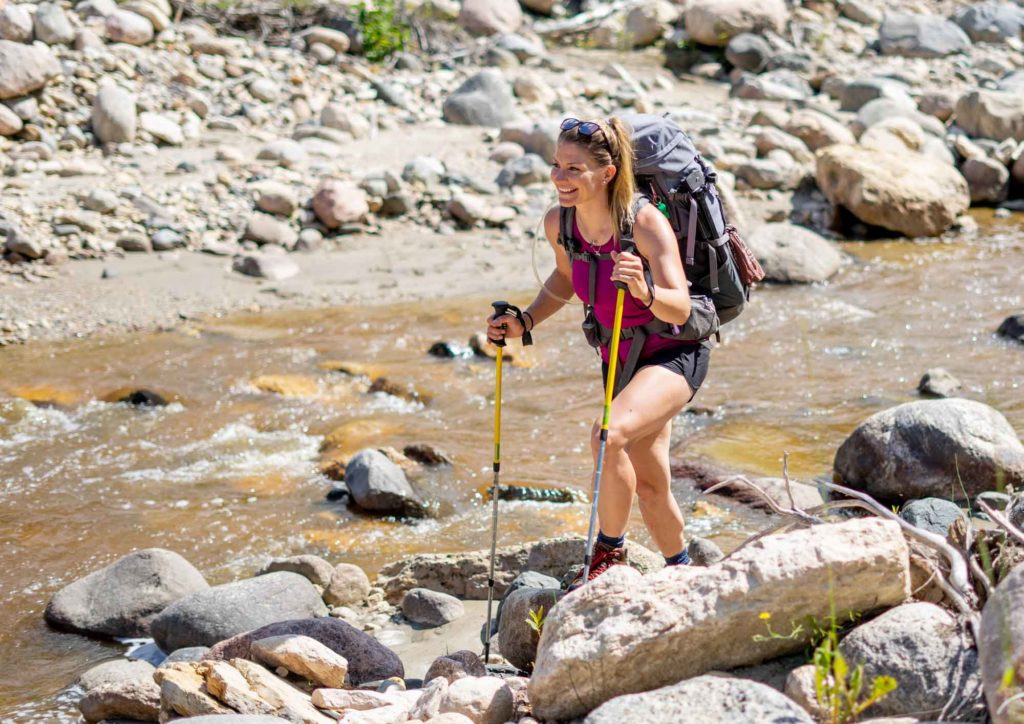
6. Hiking Poles
A bonus item I carry with me is hiking poles. They’re not always necessary, but depending on the terrain and your abilities, they can be extremely helpful plus reduce hiking effort between 25-40 percent. I take hiking poles with me when dealing with a significant change in elevation (re: mountainous terrain) or if I know the area is going to be wet and boggy. Hiking poles are also invaluable when there are creek or river crossings as the stability they provide can be the reassurance of a safe crossing.
But them here.
READ MORE: Hiking the Rice River Canyon (you’ll want hiking poles on this hike)
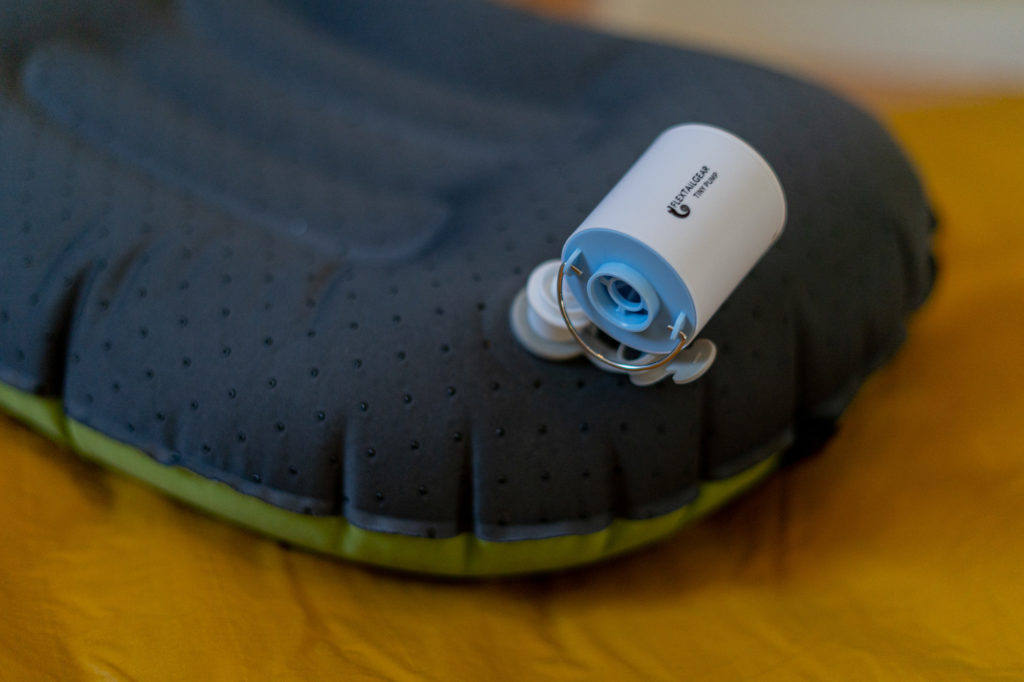
7. Sleep Mat Pump
This is the best piece of non-essential gear to take with you when camping (especially in the backcountry). It’s small, it’s light and it just makes my life easier.
This tiny pump is not only rechargeable, but it has a light so it can act as your tent light too. It pumped my inflatable pillow up in under 20 seconds and my sleep mat in about 90 seconds.
I bought it for three reasons. First, I hate getting lightheaded when blowing up my mat after a long day of hiking and adventuring. I also hate how long it takes to do it. Secondly, each time you blow into your mat or pillow you blow in moisture. Over time, that can build up and create mould inside your (super expensive) sleep mat. Thirdly, I’m lazy and for a few extra grams, this just makes my life easier when camping.
I’m now going to be that person in the backcountry running a mini pump to inflate my pillow and sleep mat. But don’t worry, if I see you out there, I’ll let you borrow it too.
Buy it here.
Additional Links:
My inflatable pillow. Buy it here.
The sleep mat I recommend. Buy it here.
Pin Non-Essential Hiking Gear to Pinterest
Found this post helpful? Pin this non-essential hiking gear to Pinterest.
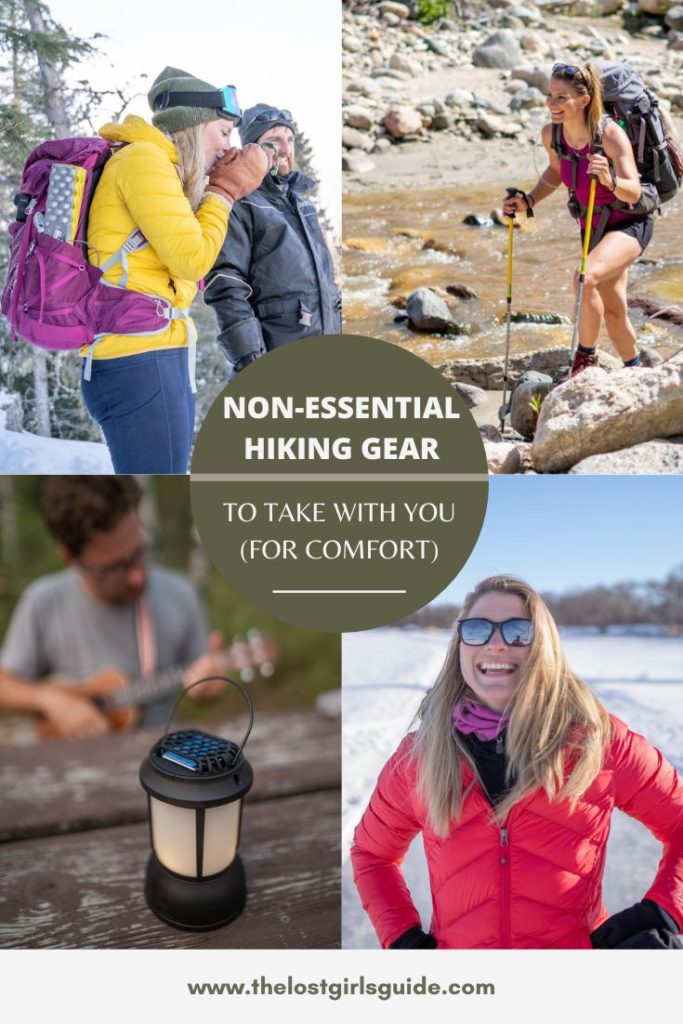
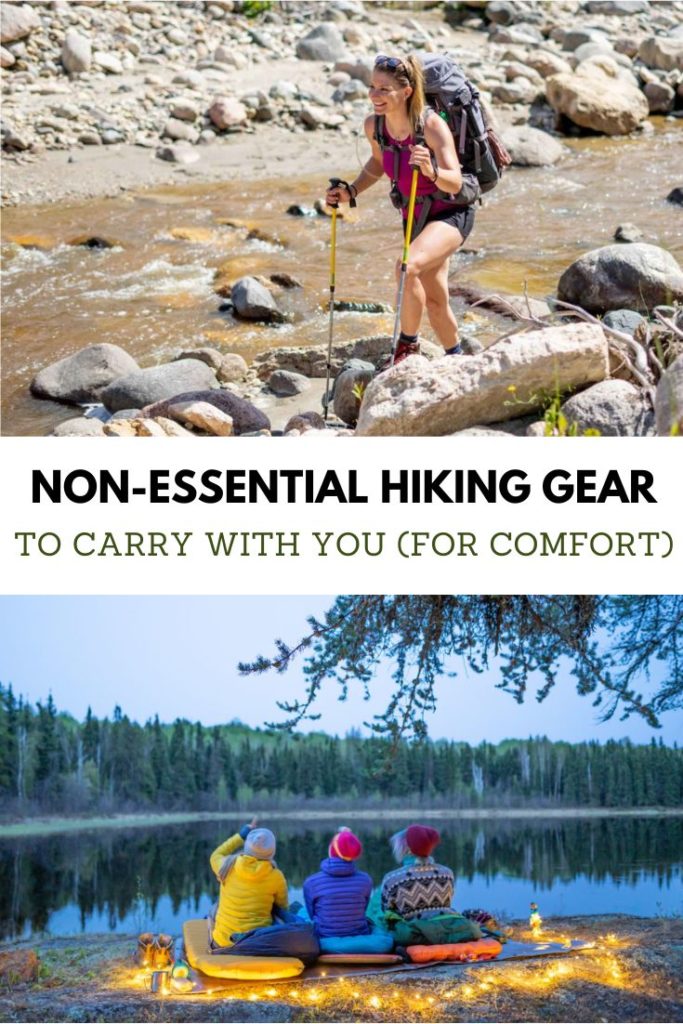

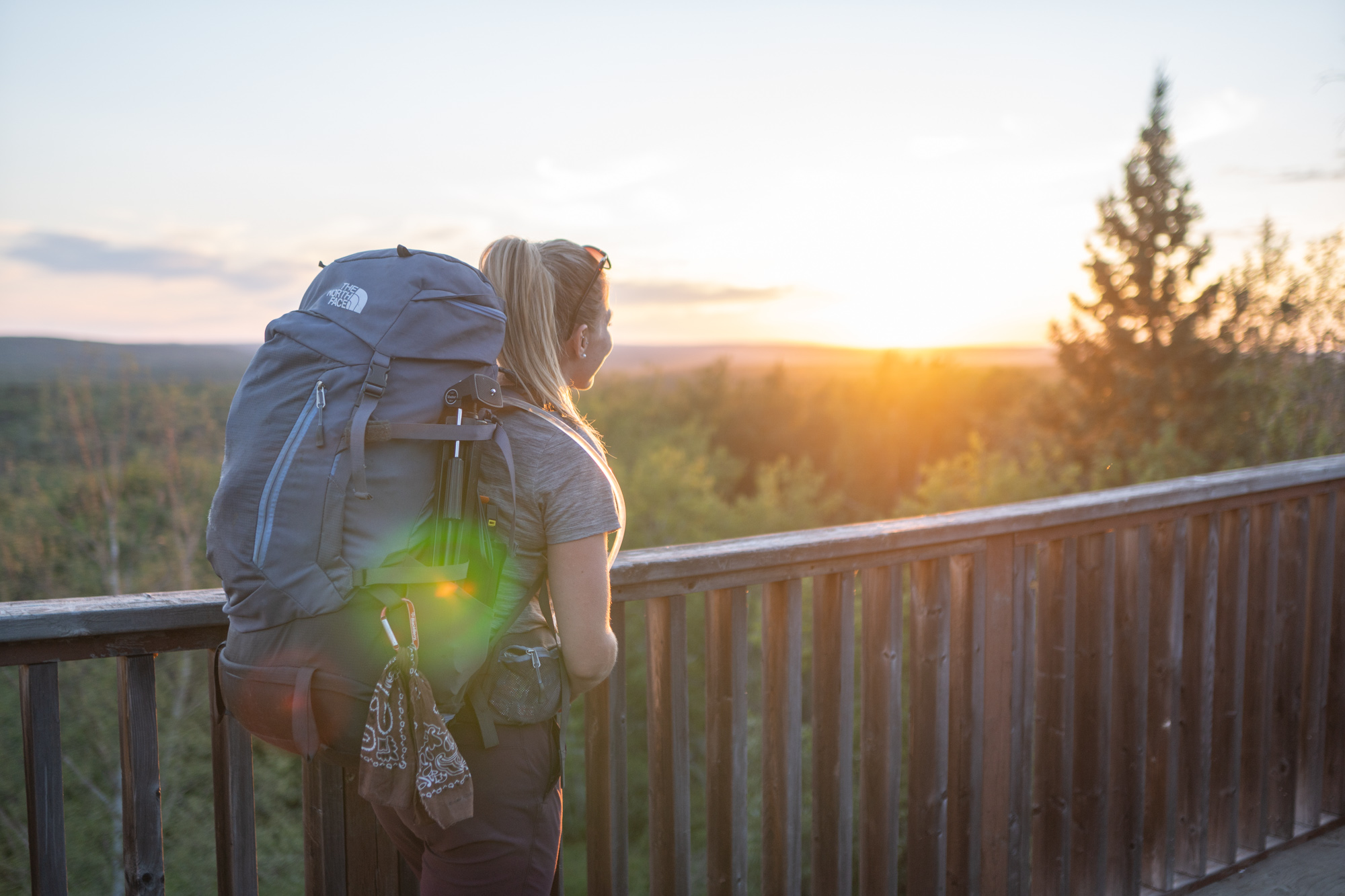

Exploring the great outdoors is a joy, and I couldn’t agree more about the importance of comfort on hikes. These non-essential gear picks can truly elevate the experience, making every step a pleasure.